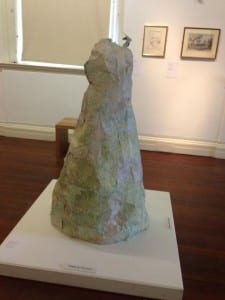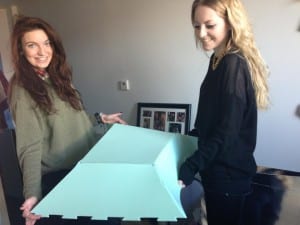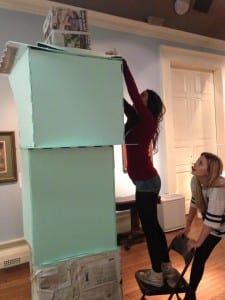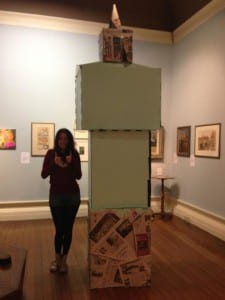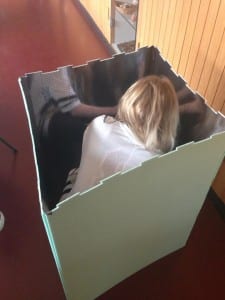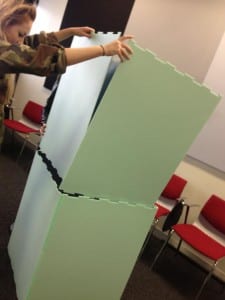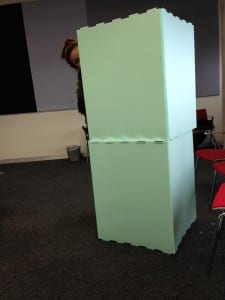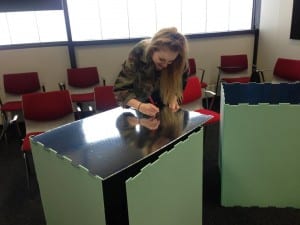A vital part of our performance is the drinking of afternoon tea after our hectic construction of The Big Ben in the gallery, as previously stated this is showing us inhabiting the space and also entwining the galleries history within our performance and cultural smuggling of London. Unfortunately when asking for permission to eat or drink in the gallery this was denied, so now we are stuck as to what to do during this part of the performance as we feel it is important to keep it in as it adds such a contrast to the first part of our performance, thus adding another dimension. We don’t feel pretending or miming will have the same impact, we feel if we are going to do it we should do it properly.
I have thought of other ideas such as sitting down and reading a piece of literature from the twenties, simply just listening to the music and lounge or perhaps do a bit of embroidery..what are your opinions? Any comments or ideas would be really helpful. We really feel that having this contrast within the performance will make it more interesting and dynamic to the audience.
Author: Fotini Efstathiou
